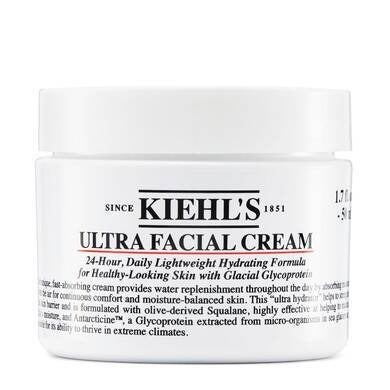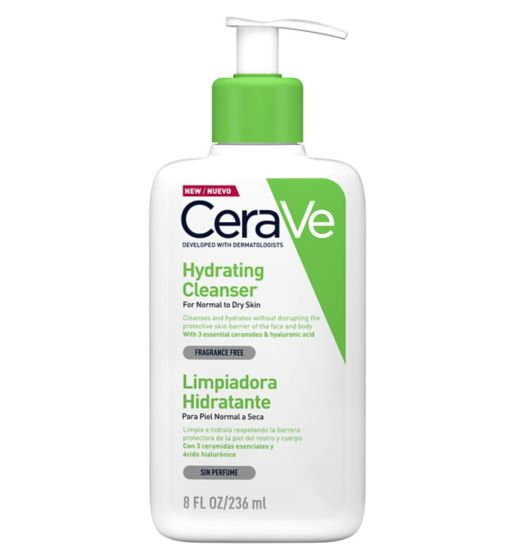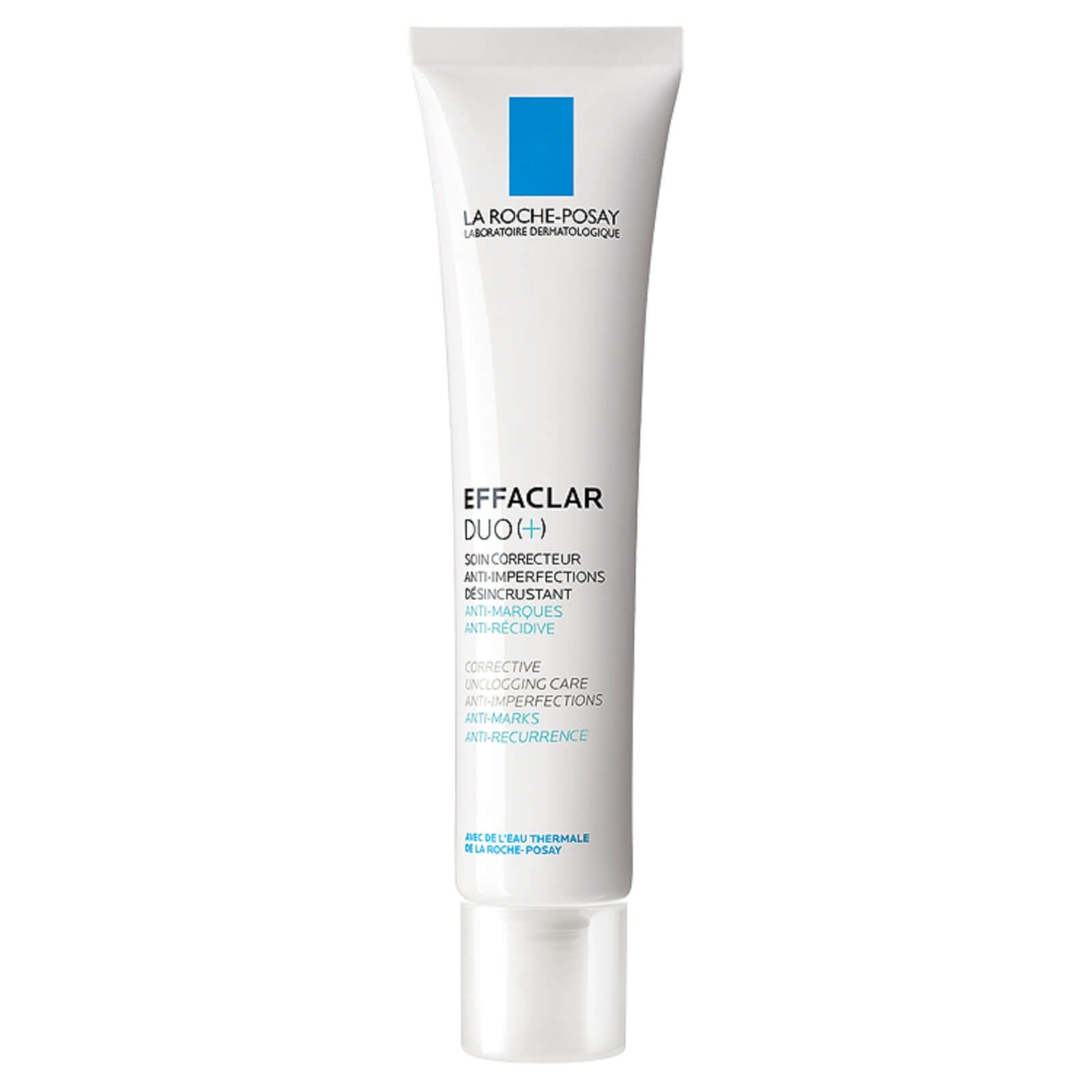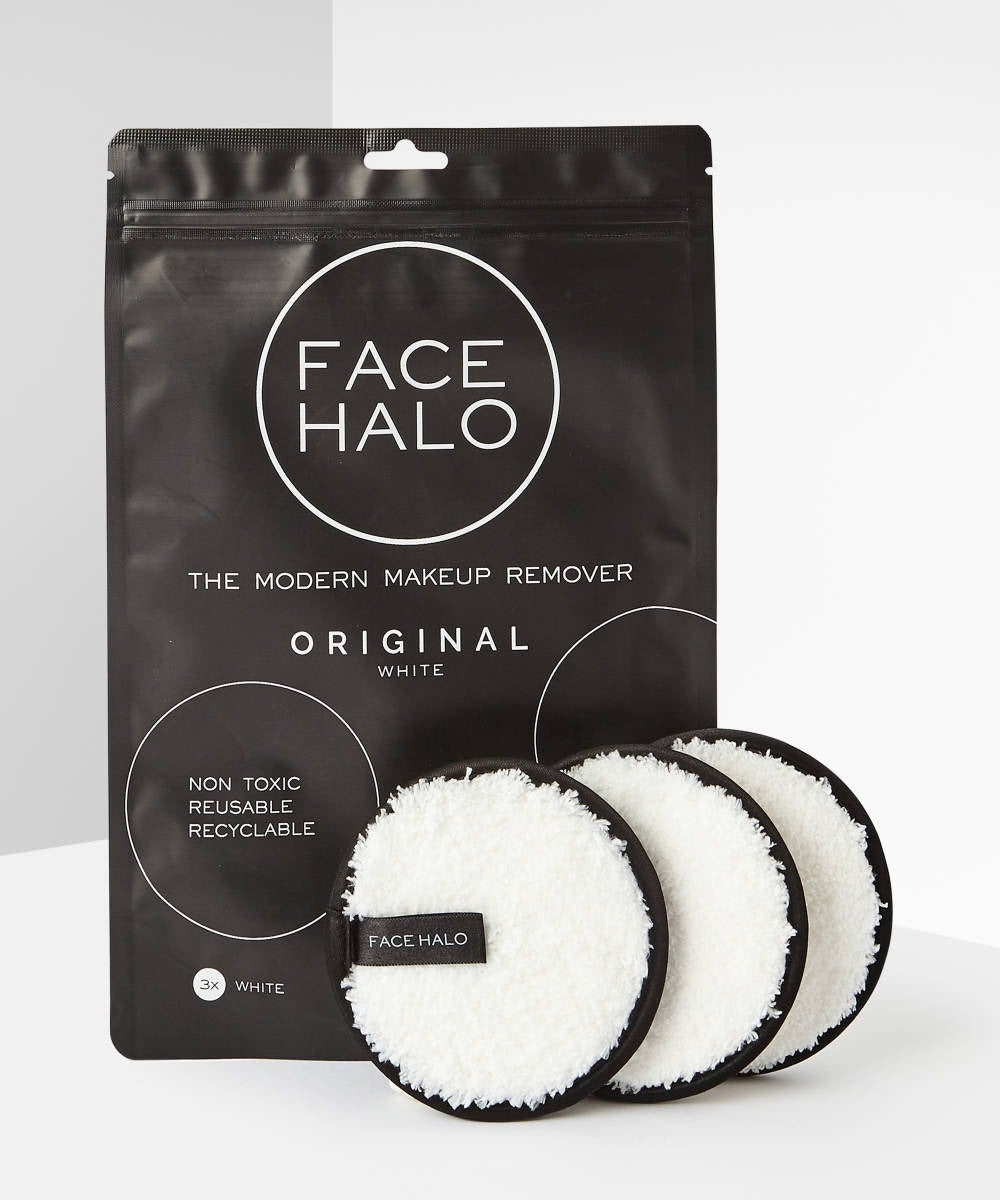I Gave Up All Skincare For Two Weeks – Here Are The Results
There is a saying that if you use the same products for too long, your skin gets used to the ingredients and you don’t reap the benefits. This isn't something I want to believe when I’m shelling out money on a solid skincare routine.
Despite the fact that it’s my job to rate, slate and review the latest skin, hair and makeup products, my routine for all three is streamlined and very consistent – skincare especially. I take my makeup off with a Face Halo or micellar water, cleanse with CeraVe's Hydrating Cleanser, then use Pixi Glow Tonic, a light layer of La Roche-Posay Effaclar Duo+ and finish off with Kiehl's Ultra Facial Cream. On a particularly dry day, I’ll swap in the Herbivore Phoenix Regenerating Facial Oil in the evening. With the exception of the odd trial, my skincare routine works.
AdvertisementADVERTISEMENT
But recently I became aware of the practice of 'skin fasting'. Popularised by Mirai Clinical, the idea is that you reduce your skincare to the bare minimum. This is said to allow the skin to 'regenerate' without help from potent ingredients. Heaps of skincare obsessives are currently giving it a go so, intrigued, I spoke to consultant dermatologist Dr Justine Hextall to find out more about the technique before diving in. "The idea [of skin fasting] is that by leaving skin treatments, particularly moisturiser, off the skin, the skin produces its own oil and natural moisturising factors. If we over-cleanse the skin this can remove natural oils and ceramides (essentially lipids, holding the skin together) which are integral to a healthy skin barrier."
Some articles suggest skin fasting for two to three weeks while others say a couple of days per month is enough to see a difference. Despite the buzz, there are some instances where you should avoid skin fasting altogether. "If an individual is using active treatment on their skin, for example a retinoid or benzoyl peroxide for acne, then it would be difficult to be without a compensating moisturiser," continues Dr Hextall. "Likewise I wouldn’t recommend skin fasting if there is an active eczema or skin reaction. The skin should ideally be at its calmest and not undergoing active treatments such as chemical peels or laser, which need a specific post-procedure regimen."
My skin can be temperamental but in the name of honest journalism, I decided to go two weeks with no skincare to see how it would really affect my complexion. Before embarking on my fast, I looked to Dr Hextall for advice. "Avoid excessive alcohol and overheated or air-conditioned environments," she warned me. "If your skin becomes particularly dry, itchy or irritated, consider adding a hydrating serum such as a hyaluronic acid or stopping the fast."
AdvertisementADVERTISEMENT
I have noticed in the past that if I don’t immediately moisturise after cleansing, my skin can feel very tight, but I decided to see what my skin would be like when I used absolutely nothing, and whether this would help bring back a youthful texture and glow or completely ravage my skin. This is how I got on.
“
Instead of improving as my natural oils surface, my skin feels like a Brillo pad doused in olive oil.
”
Week one
I wake up with very oily skin especially around my nose and chin. Normally, I combat this with a quick cleanse in the shower but instead I splash my face with water and wipe with a damp flannel. When I step out of the shower and dab my face as the moisture leaves my skin, it feels desert dry. Usually, when my skin feels this parched post-cleanse, I reach for an oil or a heavier moisturiser, but Dr Hextall advised against this and actually believes this is a sign you could benefit from a skin fast. "Over-cleansing the skin so that it feels dry and tight and then compensating with a heavy oily moisturiser can be comedogenic (pore-clogging) so if this practice stops that cycle, then I would see the fast as worthwhile," she says.
Beginning of Week 1
End Of Week 1
Tightness around my mouth and nose is ever-present throughout the week and instead of improving as my natural oils surface, my skin feels like a Brillo pad doused in olive oil. The texture is awful and all I want to do is go home and triple-cleanse my face. Working in central London and travelling on the Tube means I'm constantly combating pollution and other people's germs. Skincare plays a huge part in shielding skin from both of these and I just don't feel clean. As the week presses on my skin feels clogged and my pores are so wide you could use them for storage. I really hope this is a sign of 'regeneration'.
AdvertisementADVERTISEMENT
“
Despite the way my skin feels — tight, oily, dehydrated and spotty — I have received a few compliments for looking 'fresh' and 'glowy'.
”
Week two
My period started at the end of the previous week and hormonal under-the-skin spots around my chin are beginning to surface. My temples are accruing a lovely little family of bumps that look like a rash. I think wearing my headscarf at night to protect my braids is wreaking havoc on my hairline because it’s suffocating my skin. It’s a hard decision to make – acne or laid edges?
Despite the way my skin feels, which, to recap, is tight, oily, dehydrated and spotty, I have received a few compliments from colleagues and friends for looking 'fresh' and 'glowy'. As I come to the end of the fast, I can see what they mean. My skin looks quite plump and though it feels oily to me, it has a somewhat healthy shine. I’m not sure if this long, drawn-out fortnight was worth the 'glowy' look, though, because how my skin feels is just as important – and it felt grimy. All I wanted to do every day was go home and scrub my face.
Beginning of Week 2
End of Week 2
My verdict
It wasn’t just my skin – I didn’t feel like myself while skin fasting. I realised that doing my skincare is a huge part of my morning and nighttime routine. My biggest takeaway from this experiment is how much I love that time, as it helps me wind down, pencil in important self-care and, of course, I get to pamper myself. Would I go on a skin fast again? Probably not. I love my skincare ritual too much.
AdvertisementADVERTISEMENT










